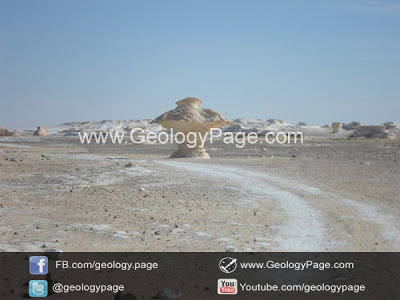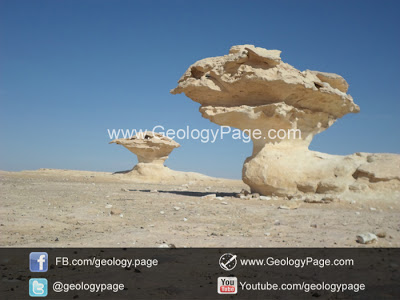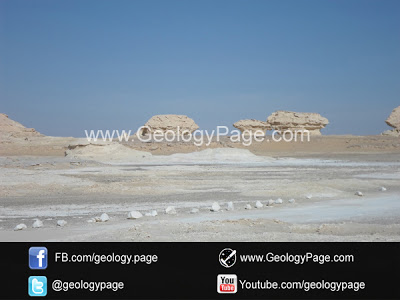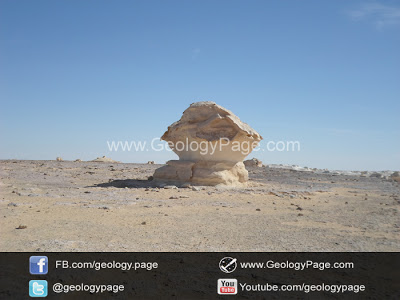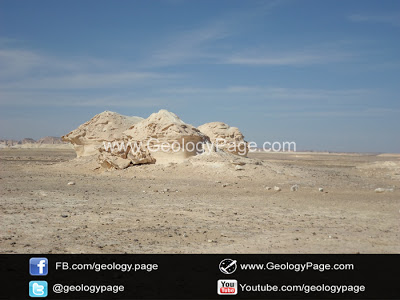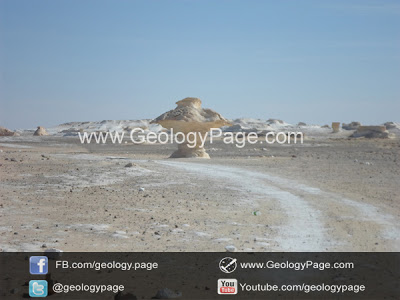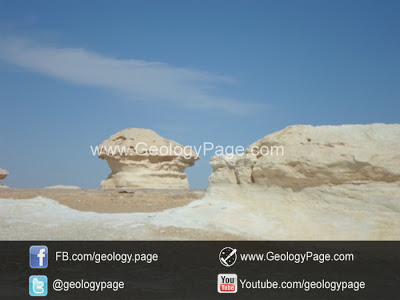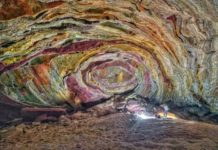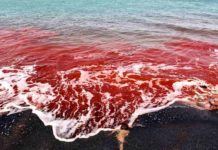White Desert (known as Sahara el Beyda, with the word sahara meaning a desert). The White Desert of Egypt is located 45 km (28 mi) north of the town of Farafra. The desert has a white, cream color and has massive chalk rock formations that have been created as a result of occasional sandstorm in the area.
The majority of the valley is devoid of vegetation desert today. Rock and subsoil are usually made of limestone or chalk.
The valley is flat and is interrupted only by a few isolated standing conical hills – both north and south of the city of el-Farafra, they are called el-Qunna, mostly spoken el-Gunna (Arabic: القنة, al-Qunna, “the pinnacle “). East of el-Quss-Abu-Sa ? id plateaus are also numerous small limestone mountains witnesses.
The soil is blown with sand. It can be here but in places some minerals such as pyrite and marcasite (iron disulfide are both, but with different crystal form), especially in the north of the valley in the area of ? Ain Bischw?. The materials have been but never mined in mines.
The result is the desert from the remains of microscopic sea creatures whose habitat was located here before about 80 million years ago. After the disappearance of the sea winds ensured for the expression of today’s rock whose shape was determined by the composition and hardness of the rocks and their layer sequence. Occasionally can find fossils such as clams or sea urchins.


